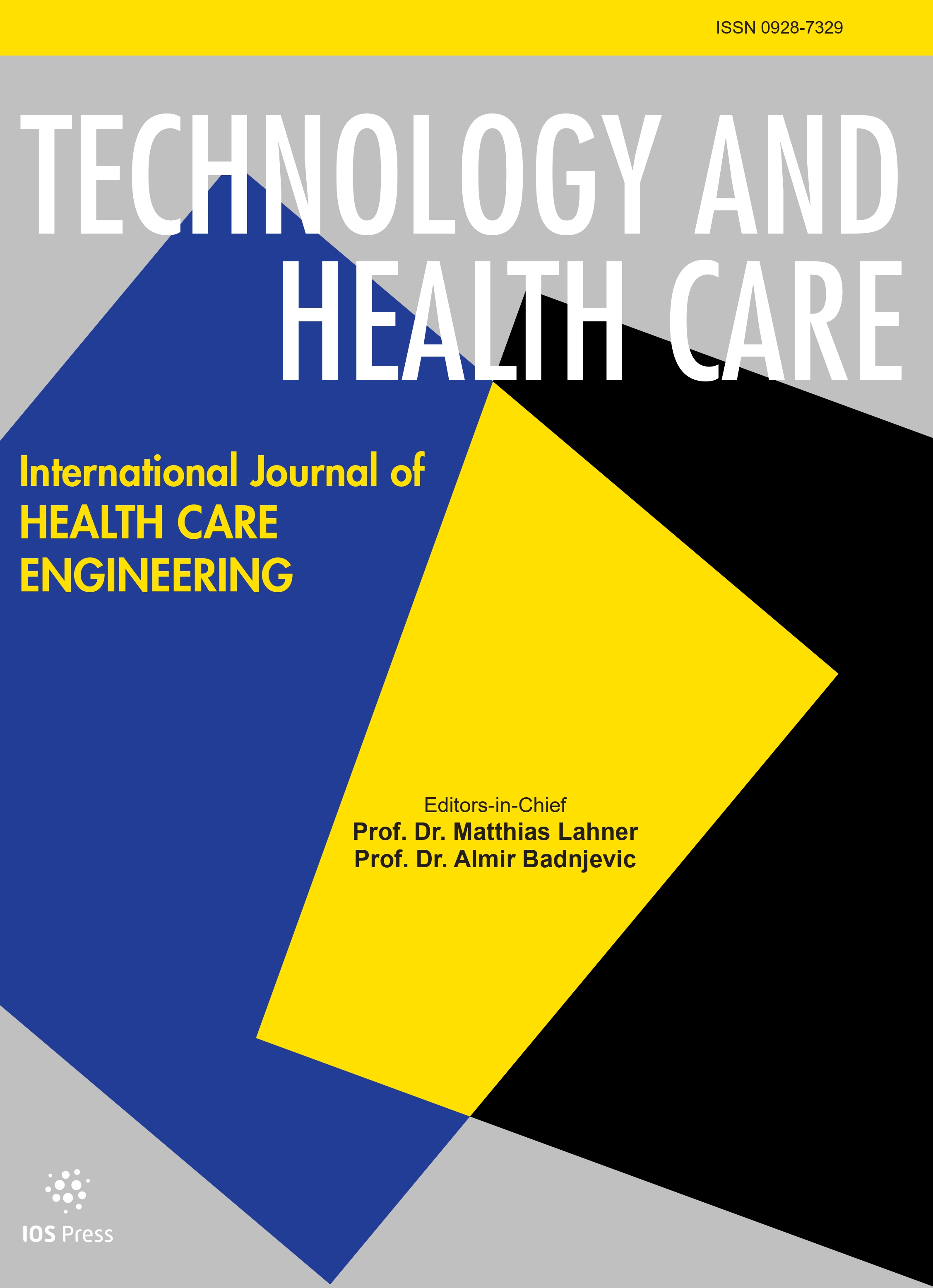Authors: Liu, Mingsheng | Huang, Zhixiong | Wang, Xiaoyun | You, Pingdi | Cai, Xiaying
Article Type:
Research Article
Abstract:
BACKGROUND: Non-specific lower back pain (NLBP) is treated with a variety of therapies, including health education, exercise therapy, soft tissue release, psychological interventions, and shockwave therapy. However, some studies have shown that core stability training or fascial release therapy alone is not effective in the treatment of low back pain. BJECTIVE: The aim of this study was to investigate the effects of core stability training on patients’ inflammatory cytokine levels and lumbar muscle temperature when combined with fascial release for the treatment of non-specific low back pain. METHODS: In this study, a total
…of 60 patients with non-specific low back pain who were treated in Mindong Hospital of Ningde City between December 2021 and January 2023 were selected and randomly and equally divided into a control group (30 cases) and an experimental group (30 cases). The control group received core stability training, while the experimental group added fascial release surgery to this. We compared and assessed the pain visual analog score (VAS), Oswestry dysfunction index (ODI), lumbar spine mobility (including anterior flexion, posterior extension, left flexion, and right flexion), as well as levels of inflammatory factors IL-6, TNF-a, and muscle tissue temperature in the two groups. RESULTS: This study has been successfully implemented and covered 60 patients throughout the trials. Upon comparison, the two groups did not show statistically significant differences in baseline data such as age, gender and duration of disease (p > 0.05). After four weeks of treatment, the test group showed statistically significant (p < 0.05) differences in VAS scores, ODI scores, and IL-6 and TNF-a levels that were significantly lower than those of the control group. It is worth mentioning that the muscle tissue temperature of the patients in the test group, as well as their performance in lumbar anterior flexion, posterior extension, left flexion, and right flexion mobility, were significantly better than those of the control group, and these differences also showed statistical significance (p < 0.05). CONCLUSION: The combination of core stability training and fascial release demonstrates significant clinical results in the treatment of nonspecific lower back pain. Through medical thermography and serum inflammatory factor testing, we were able to assess the treatment effect more objectively, providing a strong basis for future clinical practice.
Show more
Keywords: Core stability training, fascial release, nonspecific low back pain, inflammatory factors, thermal imaging technology
DOI: 10.3233/THC-240902
Citation: Technology and Health Care,
vol. 33, no. 1, pp. 257-265, 2025
Price: EUR 27.50




